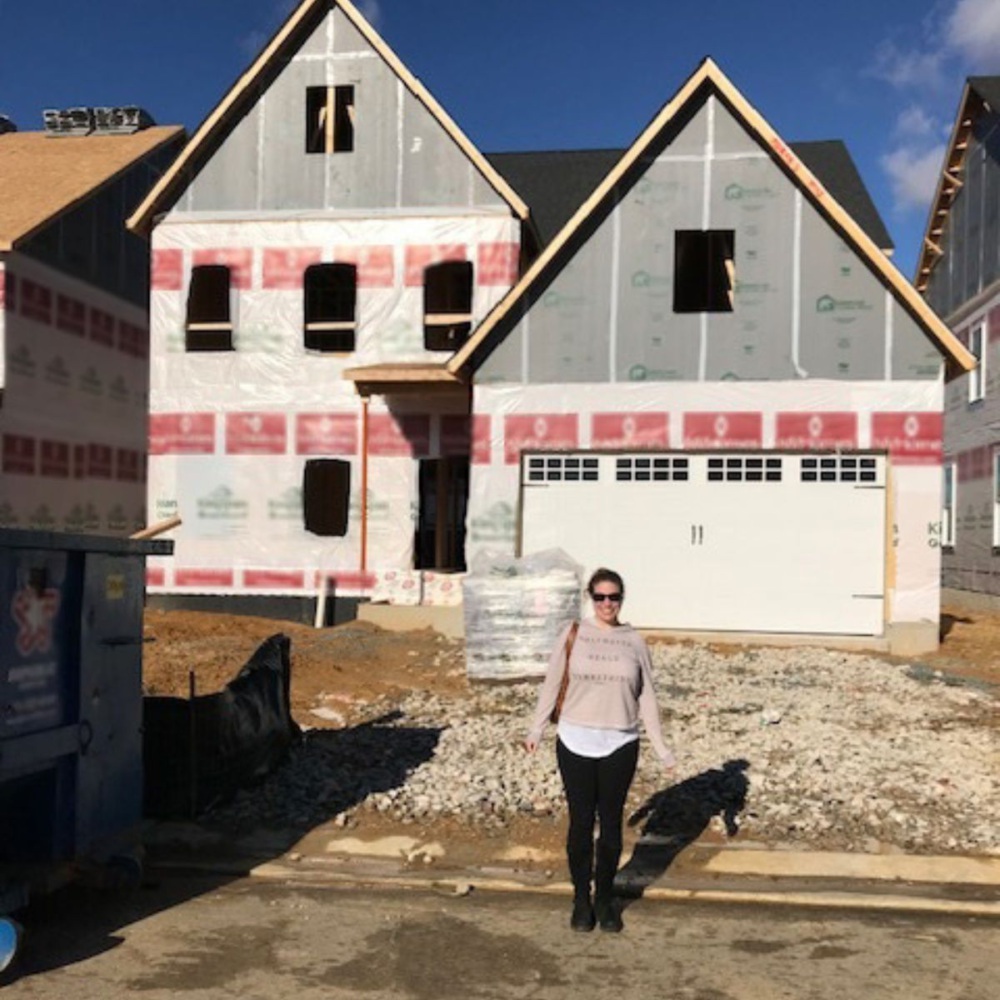My house had high levels of radon — here’s how I fixed it

Radon is an invisible gas released from the soil that can build up in your home. It’s also the second leading cause of lung cancer after smoking.

As part of my job at the Prevent Cancer Foundation, I’m always working with messaging on ways to reduce cancer risk—so much so, that sometimes I forget these recommendations apply to me, too.
But on a Tuesday morning in 2022, as I sat reading my colleague’s words on the importance of testing for radon, it dawned on me: I wasn’t practicing what I preached.
I vaguely remembered the developer of our new-construction home talking about testing for radon. But between settling into our new home, having our first baby, and navigating a pandemic, it was an easy thing to ignore. That had to change.
Wait—so who needs to have their home tested for radon? Is it only for new construction?
The short answer is everyone who hasn’t already done so should have their home tested for radon. Radon gas comes from the natural decay of uranium, found in all soils, which moves up from the ground and enters your home through cracks or holes in the foundation. New construction homes may be particularly susceptible, as the earth is disrupted during the building process, which can release more radon.
Though new homes can be built with radon-resistant features to prevent radon entry, these homes should still be tested after you move in. ANY home can have high levels of radon—new or old homes, well-sealed or drafty homes, and homes with or without basements.
How do you test your home for radon?
Testing for radon is a simple process and there are a lot of options available depending on your budget.
We contacted a local radon mitigation company recommended by a neighbor (they also do things like basement waterproofing and foundation repair). They set up radon tests in our home that periodically recorded radon levels over the course of 48 hours. Then they provided us with a report of each reading, the average levels and their recommendations. (This was a short-term test. Long-term tests are recommended for more accurate readings, but if you need answers fast, a short-term test may be the way to go.)
If using a professional company isn’t in your budget, you can purchase a test kit (available online or in some hardware stores) and conduct the radon test yourself.
What are they looking for in a radon test?
The Environmental Protection Agency (EPA) recommends fixing your home if your radon level is 4 picocuries per liter (pCi/L) or higher. (Radon levels lower than this may still pose a risk.)
In our case, our radon levels were pretty high—our average level in the basement was 4.4 pCi/L. The impact on our family’s health was the equivalent of smoking around eight cigarettes a day! Our basement functions as both a home office and playroom, so it was horrifying to realize that the space where my baby plays and where my husband spends most of his time was posing a risk to their health.
There are high levels of radon in my home. What does that mean for my family’s cancer risk? Now what do I do?
Radon is estimated to cause about 21,000 lung cancer deaths per year¹. But if testing detects high levels of radon in your home, don’t panic. Now you can do something about it, decrease the risk to your family’s health, and stop cancer before it starts.
To fix it, you’ll need to install an active radon mitigation system, which can usually be done by the company that did your testing.
We were presented with two options for mitigation systems, the main differences being cost and appearances (the more expensive one was far less intrusive, but out of our budget).
In the end, we paid around $1500 to reduce the radon levels in our home. And although the mitigation system on the side of our house isn’t my favorite part of our home, it’s worth the peace of mind knowing my family is safe.
What happens next?
Since we did have high levels of radon in our home, the company we worked with recommended re-testing every three years to make sure our radon levels haven’t risen. For these checks, we are planning to use at-home test kits. To remember, we set calendar appointments to recur every three years—this time, we won’t let the busyness of life get in the way.
Now when I edit messaging on radon and cancer risk, I can breathe a sigh of relief. I’m walking the talk, taking care of my family and preventing cancer—and you can, too.
Learn more about other ways to reduce your cancer risk today.
¹Source: United States Environmental Protection Agency www.epa.gov